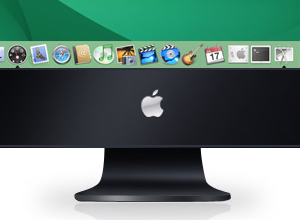Remember, its not about the destination, instead its all about the journey. Don’t neglect a tutorial because you aren’t interested in the final product. Instead, follow each one, step by step. I can personally attest that the knowledge you will gain about the various tools and functions that are available for you to use in Photoshop will be much more beneficial than the final image.
Further Reading:
25 More Most Incredible Photoshop Tutorials
How To Master Photoshop In Just One Week
30 Most inspirable light Web Designs
75 Insane Hi-Res Photoshop Brushes
You Know You’re Addicted To Photoshop If…
21 Best Photoshop Text Effects
.
.
.
.






























